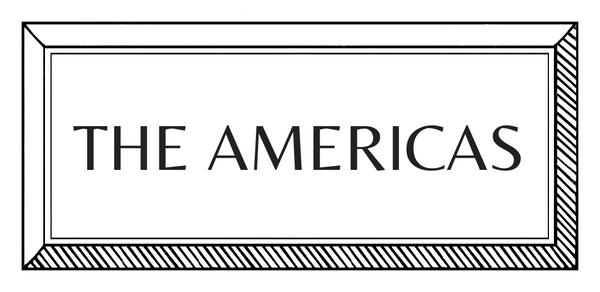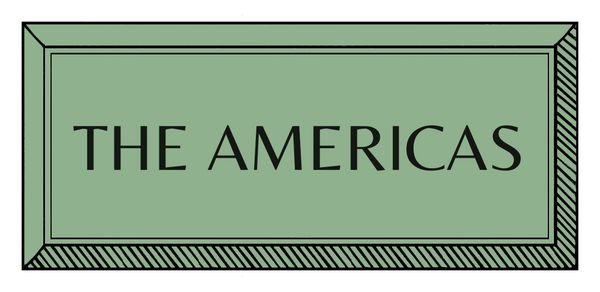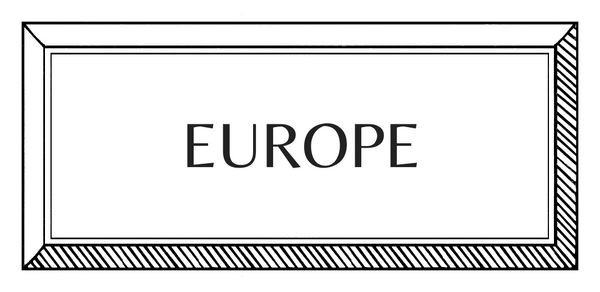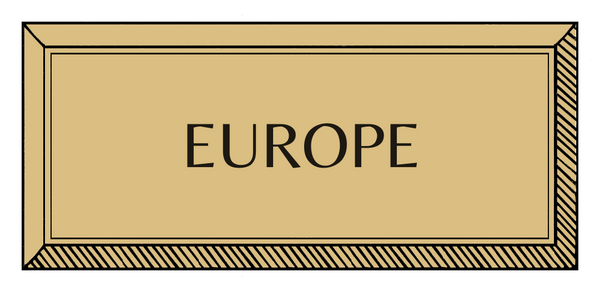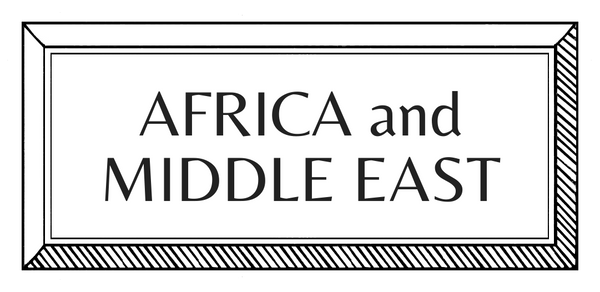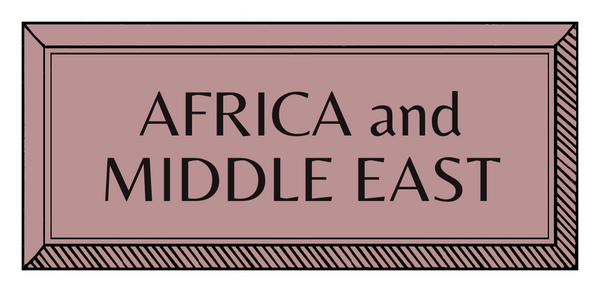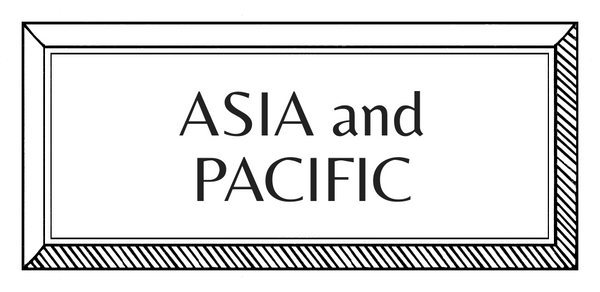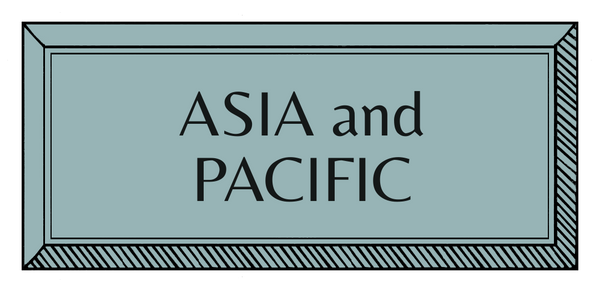MAKERS | AMERICAS | COLOMBIA | WEAVER
Norbey Gómez | Weaver

In Medellín, weaver Norbey Gómez has mastered the technique of intertwining vegetal fibres. He specializes in yaré, a plant that grows on trees and is extracted by indigenous communities in the Colombian Amazon. After more than twenty years of weaving, Norbey’s work highlights the creative possibilities of natural materials.
Pieces weaved by Norbey Gómez for Fango, Colombian studio directed by designer Francisco Jaramillo. © Departamento de arte
How did you begin?
I’m originally from Tolima, an agricultural region in Colombia. I used to work in Ibagué, its capital, in the coffee fields. There, I got to know weavers and became interested in their craft. So, I started out of curiosity 24 years ago. Thank God, I liked it. Soon, I moved to Medellín, where opportunities were better. I worked as a weaver for others until I founded my own workshop, El Paraíso [The Paradise], in 2014.
How did you learn?
In Ibagué I learned the basics. But this kind of handweaving is ancient, so you learn something new about it every day. I like challenges: some workshops may stick to what they know, but here, we dare to try new furniture, new shapes, anything. I think it took me about four years to learn to move my fingers. From then on, we are always inventing and solving things, it never ends.
How do you plan, prepare and create your works?
I do the drawings of what we need, and we create the wooden structure if needed. Then, we weave in yaré, renewable cane, rattan or banana tree plants. When we are commissioned with a new piece, we define it by doing it: we just start to weave and do the adjustments that are needed in the process.
I’ve had my workshop for 11 years. We are about 19 workers, between weavers, carpenters and painters. Two minutes away I have another space where we do woodwork. Here, we work surrounded by nature: green is what you can see across the door. I live upstairs: I literally open my door and I’m at work!
Who or what most influences your work?
What stimulates me the most is doing new, different and even strange furniture and objects.
What are the best and worst things about being a craftsperson today?
The hardest part is dealing with the workers: making sure that they are happy, well paid and that they stay with you. Also, here in Colombia, we fall short in appreciating our natural materials and vegetal fibres. The best thing is when you deliver an order, and the client is happy. They recommend you to others and keep coming back.
One more thing... The career you’d be doing if you weren’t a craftsperson?
I never liked working in the fields, but it was what I could do at the time. However, I remember asking God to grant me a different path. I learned this craft and I’ll never leave it, because I’m passionate about it. I can’t even think about being something else.

Interview by Rebeca Vaisman
Images form Yohan Lopez, Juliana Gomez Quijan and Departamento de arte.











